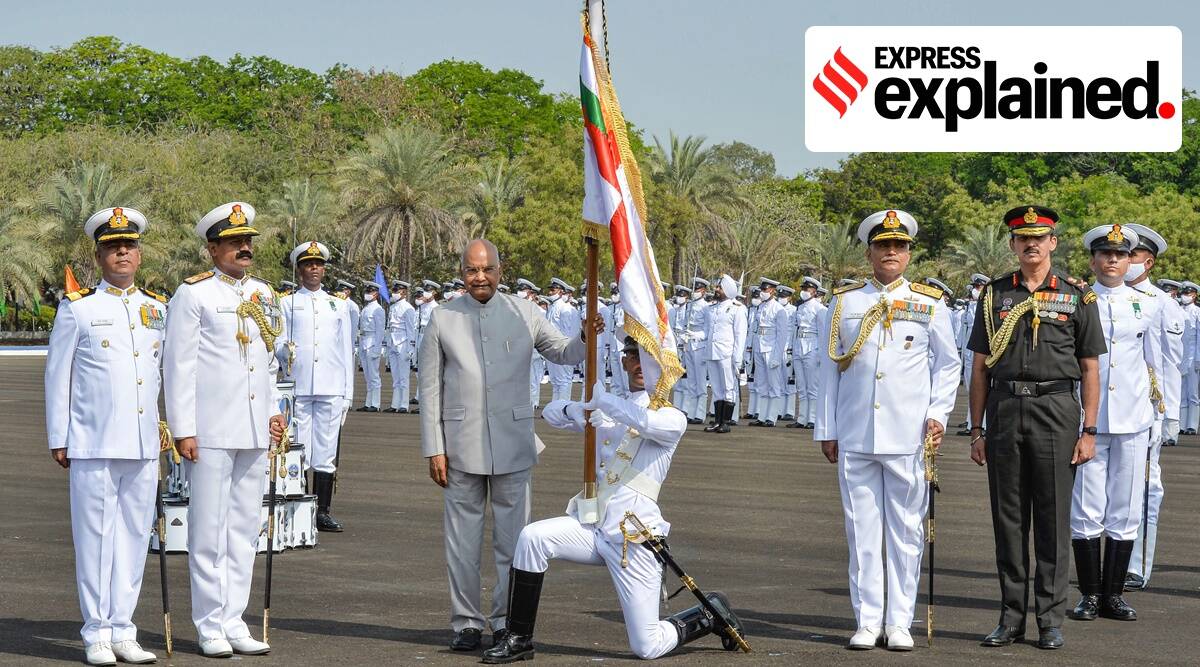Free Courses Sale ends Soon, Get It Now


Free Courses Sale ends Soon, Get It Now



Copyright infringement is not intended
Context: Carrying on with the age-old tradition, President Ram Nath Kovind presented the President’s Colours to the Indian Naval Ship (INS) Valsura in Jamnagar, Gujarat.
What is the tradition?
What is a Standard?
What happened to the Colours that the Indian military used before Independence?
https://indianexpress.com/article/explained/regimental-colours-of-indian-army-its-importance-history-7836159/
© 2024 iasgyan. All right reserved